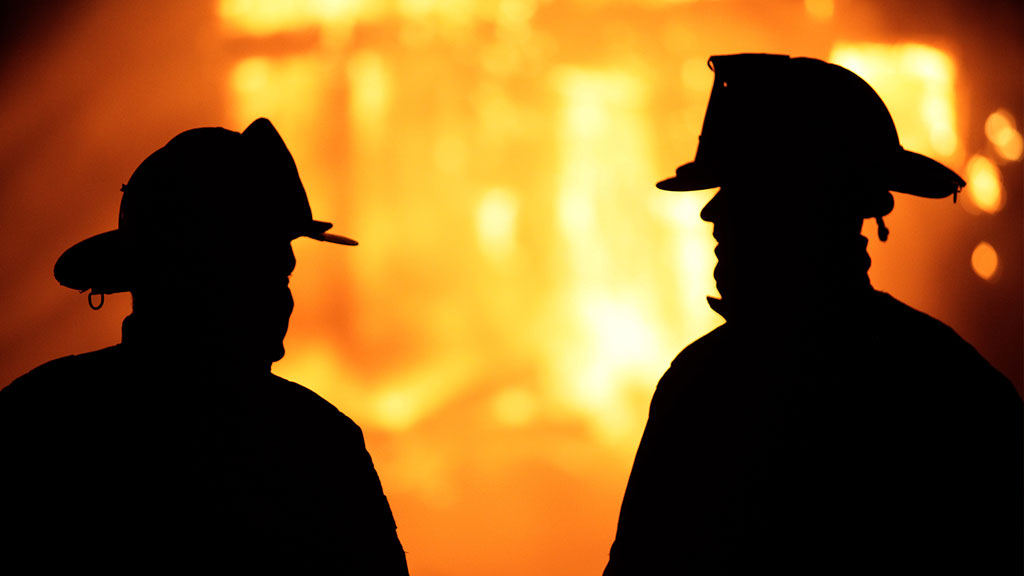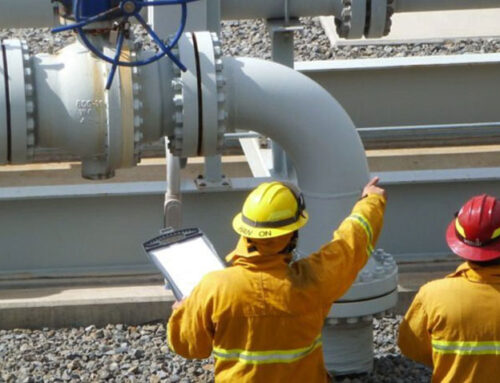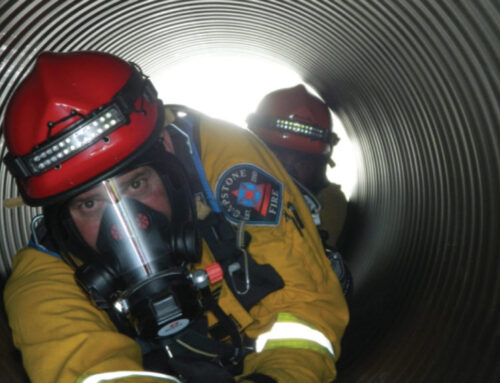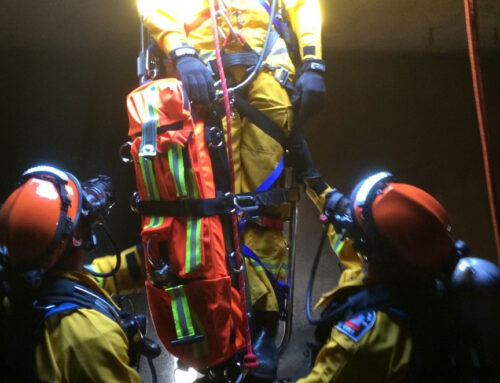Wildfires are an ever present danger for those living in states with large amounts of grassland, brush, or forestland. Anywhere struck by various amounts of climate change may be at even more risk with increased likelihood of thunderstorms, which can spark huge wildfires. However, humanity has been dealing with wildfires for centuries. So why, after all this time, is it so difficult to put out wildfires? Here’s why firefighters have such a hard time putting out and containing wildfires.
The main reason wildfires can get out of control is quick spread and a lack of detection. Firewatch towers, aerial detection, and other methods are only so effective at identifying new fires on flammable land. By the time firefighters can become mobilized, the blaze could already be massive, preventing the fire from being extinguished by sheer manpower. At this stage, firefighters have to rely on other methods, such as indirect firefighting.
Indirect firefighting is what is most often done in the case of large wildfires. On the news, you may have heard something along the lines of a fire being ‘under control’. What does this mean in terms of firefighting, and why do wildfires sometimes escape from being under control? To answer the former, indirect firefighting is the act of setting up various kinds of backup and control lines to keep fires from spreading beyond a certain point. This is usually performed by removing a large line of brush and trees to prevent the fire from spreading, keeping in account natural features such as rivers, cliffs, rock fields, and others.
These methods are only so effective. Most embers that escape from a fire aren’t likely to cause another wildfire, but these embers can travel up to five miles while still ignited, causing fire to spread in an incredibly difficult to fight way. As such, losing control over a fire is often caused by these embers spreading beyond fire lines, forcing firefighters to move to stay safe and having to restart further down the fire’s path.
Wildfires are just that; wild. The wild is often a tough challenge firefighters have to combat while trying to keep the fire under control. Moving heavy machinery safely through a forest poses an immense number of issues. Other hazards from creating control lines, such as dangerous vegetation, trees that are hazardous to cut down, and insects or animals, can prove both time consuming and unsafe. Furthermore, wildfires are also unpredictable. They may change direction unexpectedly, move in multiple directions, and hop over areas of forest unexpectedly. All of these issues combined can make firefighting dangerous, difficult, and unpredictable.
This is only a brief overview of the difficulties encountered by firefighting crews battling wildfires. There are many more that both employed and volunteer firefighters have to engage with. From quick spread and ineffective detection methods, the difficulties of indirect firefighting and the unpredictability of wildfires, firefighters have a lot on their plate when dealing with these dangerous events.





